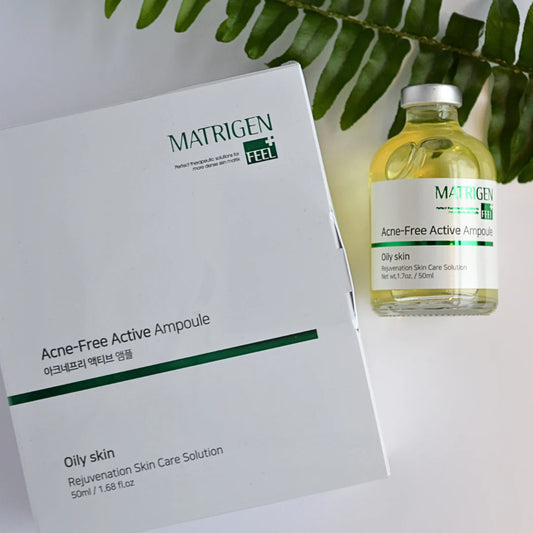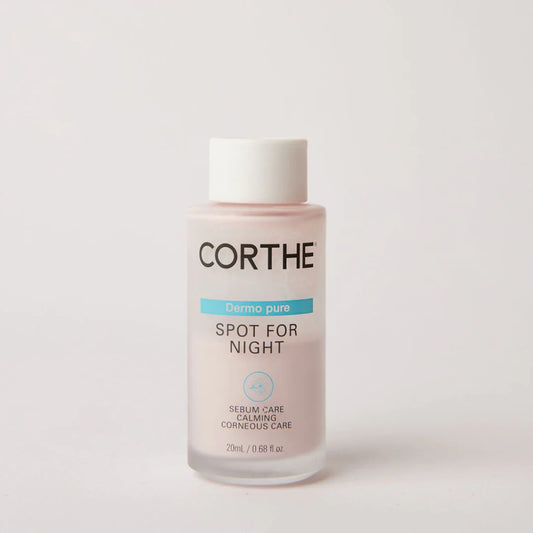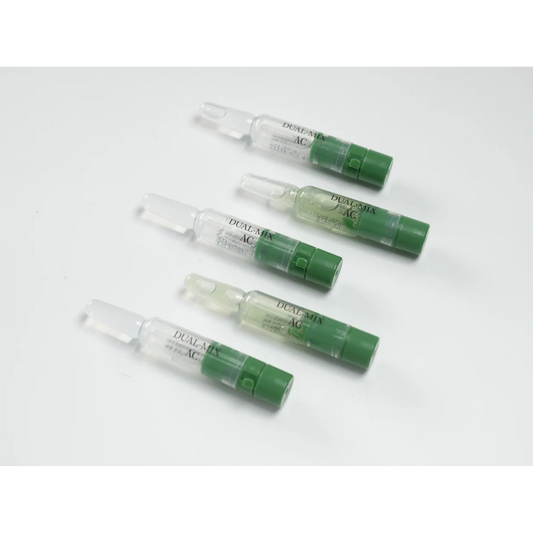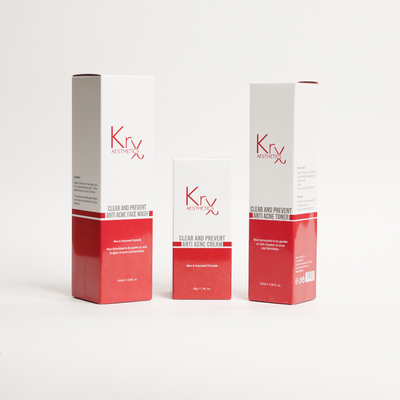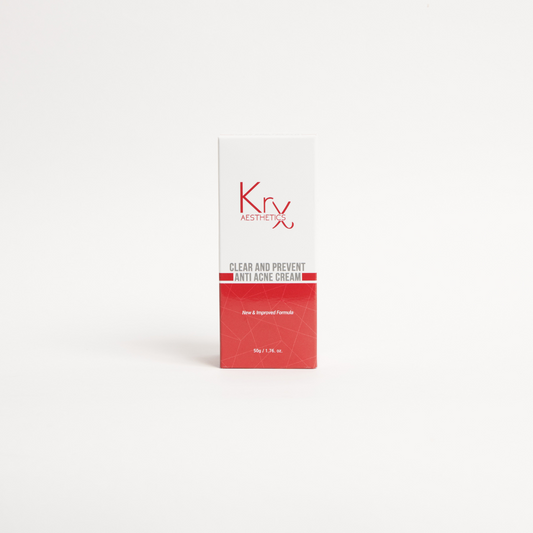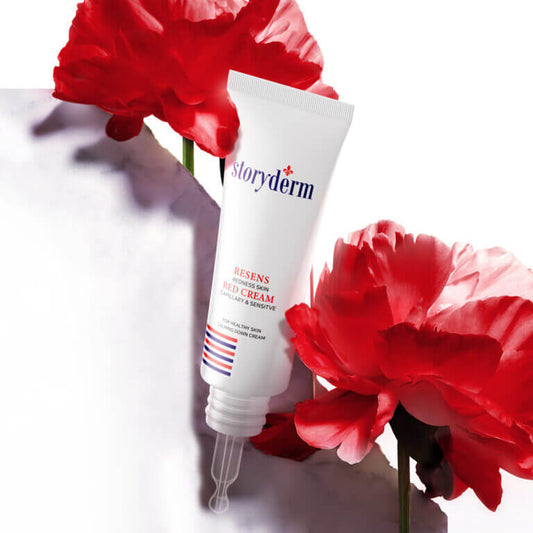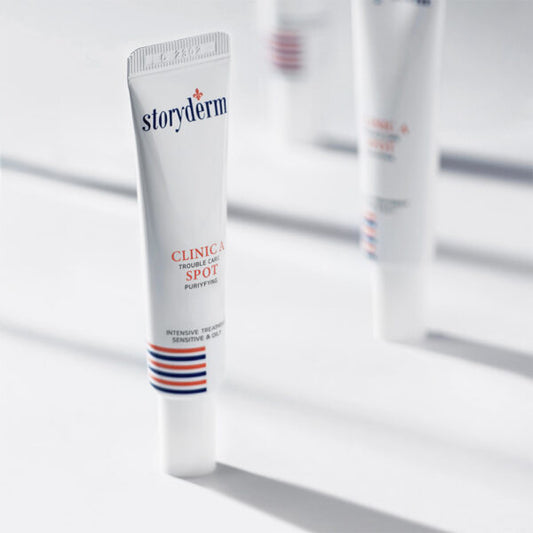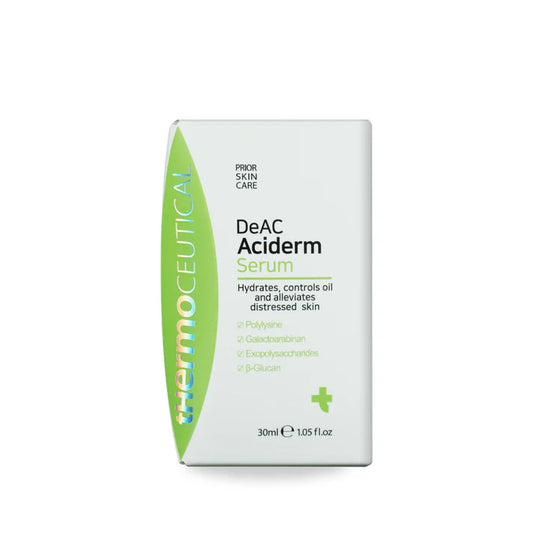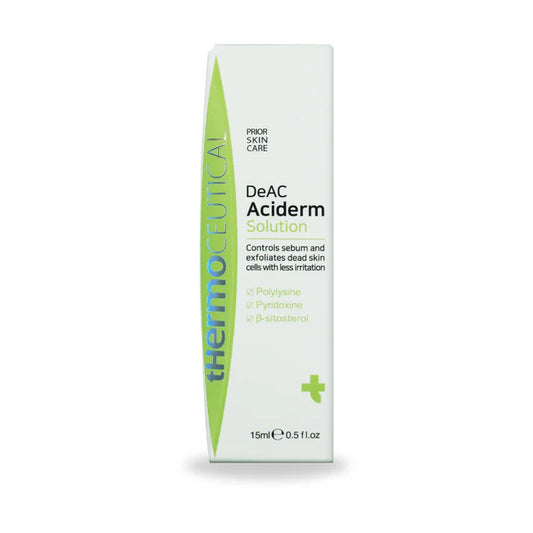Acne products come in various forms and target different types of acne, such as blackheads, whiteheads, and cystic acne. Here are some common categories and examples:
1. Cleansers:
Salicylic Acid Cleansers: Help to unclog pores and prevent breakouts by exfoliating the skin.
Benzoyl Peroxide Cleansers: Fight acne-causing bacteria and reduce inflammation.
2. Toners:
Astringent Toners: Often contain alcohol or witch hazel to remove excess oil and tighten pores.
Hydrating Toners may contain tea tree oil or aloe vera to soothe irritated skin.
3. Treatments:
Spot Treatments are concentrated formulas, often with benzoyl peroxide or salicylic acid, that target individual pimples.
Retinoids: Over-the-counter options like adapalene help promote cell turnover and prevent clogged pores.
4. Moisturizers:
Oil-Free Formulas: These are lightweight moisturizers that hydrate without clogging pores, often containing ingredients like hyaluronic acid.
Non-comedogenic moisturizers are specifically formulated to avoid blocking pores and are suitable for acne-prone skin.
5. Masks:
Clay Masks: Help absorb excess oil and clear out impurities from pores.
Exfoliating Masks: Containing AHAs or BHAs can help to clear dead skin cells and promote smoother skin.
6. Oral Medications:
-Antibiotics: Prescription medications that can help reduce inflammation and bacteria in more severe cases.
Hormonal Treatment: Options like birth control pills can help regulate hormones that trigger acne in some individuals.
7. Natural Remedies:
Tea Tree Oil: A natural antibacterial agent that can be applied topically to help reduce acne.
Aloe Vera: Known for its soothing properties, it can help reduce redness and inflammation.
When choosing acne products, consider your skin type and the severity of your acne. Patch-testing new products and consulting with a dermatologist can also ensure that the selected products suit your skin.
 Sold out
Sold out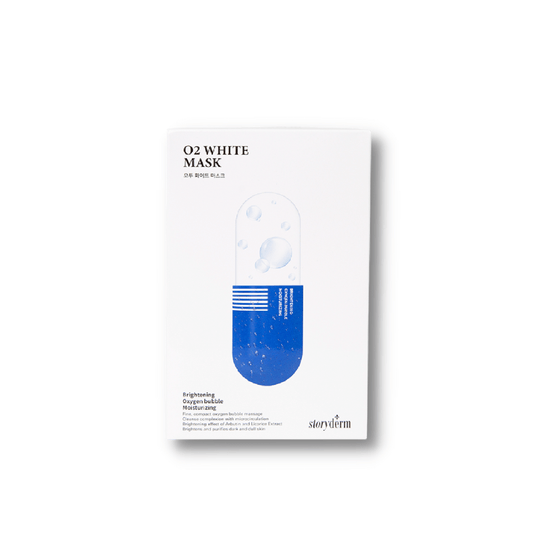
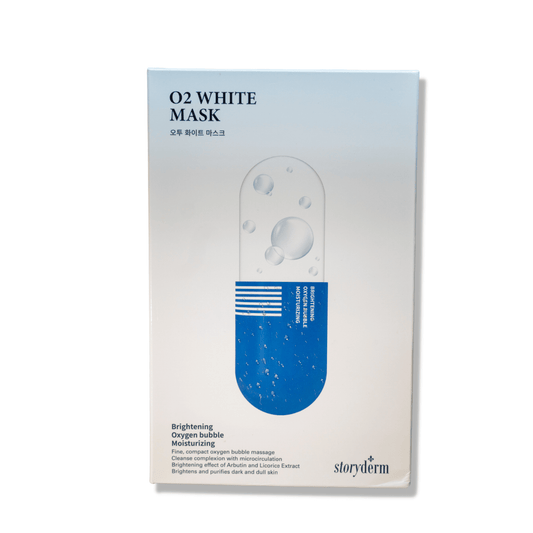 Sold out
Sold out
